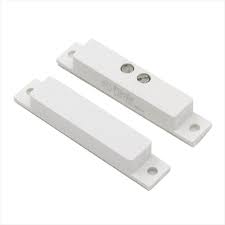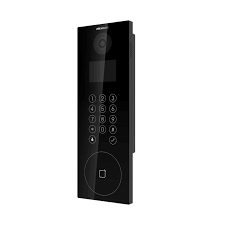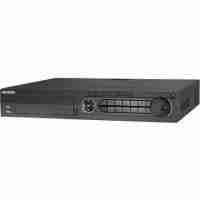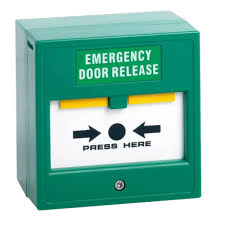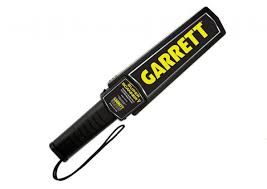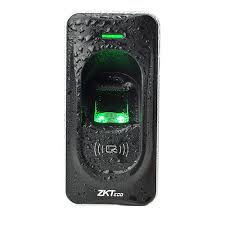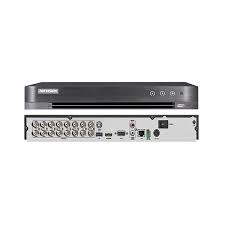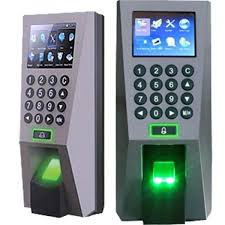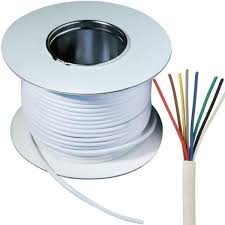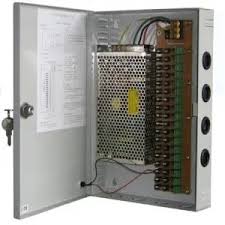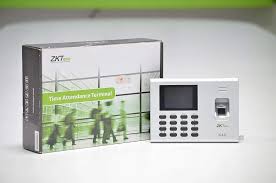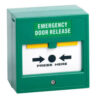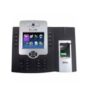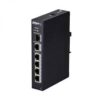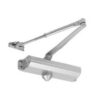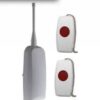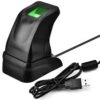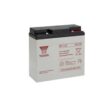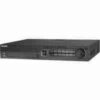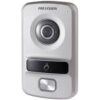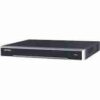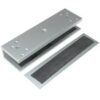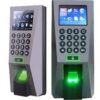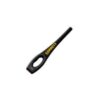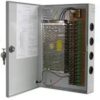Magnetic Contact proftech
Magnetic Contact serves as a fundamental component in modern security systems, designed to monitor the open and closed status of doors and windows. This device consists of two primary parts: a magnetic sensor mounted on the door or window frame, and a corresponding magnet attached to the movable door or window itself.
When the door or window closes, the magnet aligns with the sensor, creating a complete circuit that signals a “closed” status to your security panel. Upon opening, the magnetic field breaks, immediately triggering an alert or activating your alarm system.
Technical Specifications and Features
Core Components
- Reed switch sensor: Ultra-sensitive magnetic field detection
- Neodymium magnet: Provides consistent magnetic field strength
- Weatherproof housing: Protects internal components from moisture and debris
- Wire gauge options: 22 AWG standard wiring for reliable signal transmission
Installation Requirements
The magnetic contact requires proper alignment between sensor and magnet components. Installation typically involves:
- Mounting the sensor on the stationary frame
- Positioning the magnet on the moving door or window
- Maintaining a gap of less than 0.75 inches for optimal performance
- Running low-voltage wiring back to the security panel
Security System Integration
Modern security systems rely heavily on magnetic contact technology for perimeter protection. These devices integrate seamlessly with various alarm panels, including:
- Hardwired security systems
- Wireless alarm networks
- Smart home automation platforms
- Commercial access control systems
The magnetic contact communicates door and window status in real-time, allowing security systems to differentiate between authorized entry and potential intrusions.
Installation Guidelines for Optimal Performance
Pre-Installation Assessment
Before installing your magnetic contact, evaluate the door or window construction. Solid wood, metal, and vinyl frames typically provide straightforward mounting options, while glass doors may require specialized brackets.
Step-by-Step Process
- Power down your security system before beginning installation
- Mark mounting locations ensuring proper sensor-to-magnet alignment
- Drill pilot holes using appropriate drill bits for your frame material
- Secure components with provided screws, maintaining recommended gap distance
- Route wiring through walls or along baseboards to the control panel
- Test functionality by opening and closing the monitored entry point
Troubleshooting Common Issues
Magnetic Contact Not Responding
When your magnetic contact fails to register status changes, check these potential causes:
- Gap distance: Verify the space between sensor and magnet remains under manufacturer specifications
- Wiring connections: Inspect all wire joints for corrosion or loose connections
- Battery levels: Replace batteries in wireless magnetic contact units annually
- Magnetic interference: Remove any ferrous metal objects near the sensor area
False Alarm Prevention
Proper magnetic contact installation significantly reduces false alarms. Ensure mounting screws are fully tightened, and avoid installations in areas subject to vibration or extreme temperature fluctuations.
Maintenance and Longevity
A quality magnetic contact typically operates reliably for 10-15 years with minimal maintenance. Regular upkeep includes:
- Annual cleaning of sensor and magnet surfaces
- Visual inspection of mounting brackets and housing integrity
- Connection testing during routine security system checks
- Environmental assessment for signs of weather damage or pest intrusion
Professional vs. DIY Installation
While many homeowners successfully install magnetic contact devices independently, certain situations benefit from professional expertise. Complex wiring runs, integration with existing security systems, or installations on commercial-grade doors often require specialized knowledge and tools.
Professional installers bring experience with local building codes, optimal sensor placement, and system programming that ensures your magnetic contact operates at peak efficiency within your overall security strategy.

